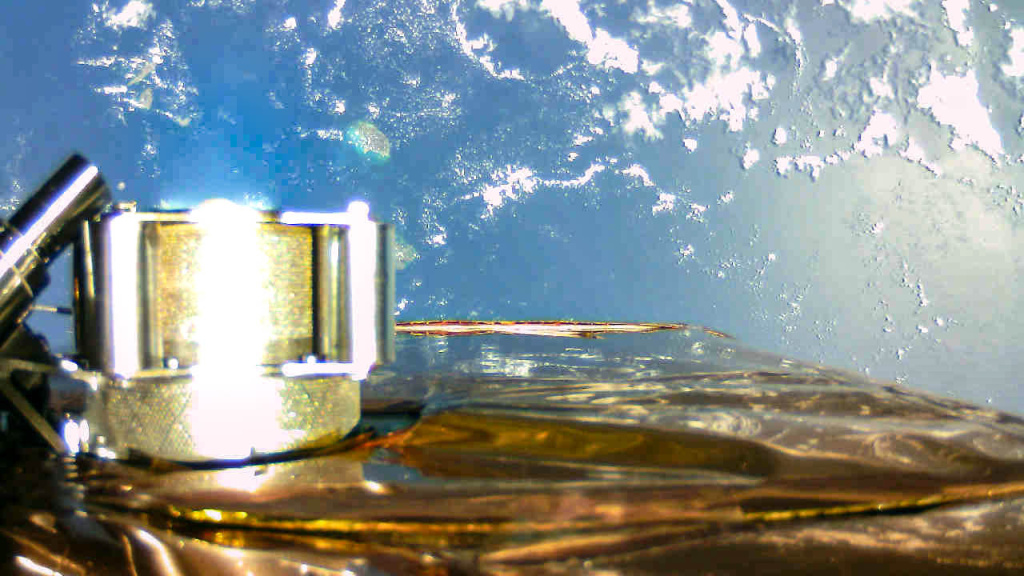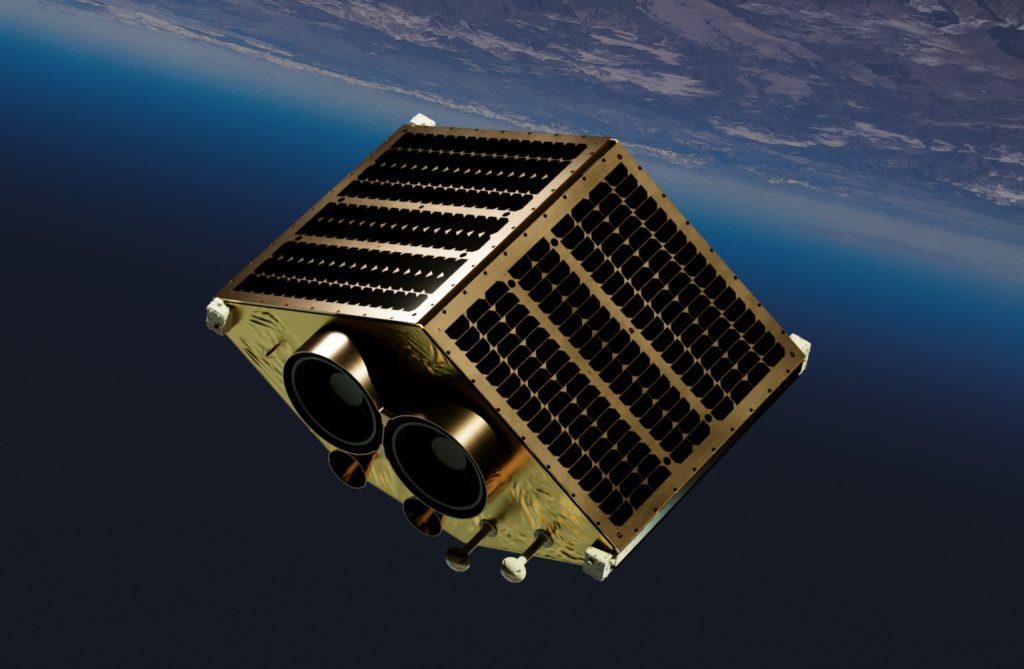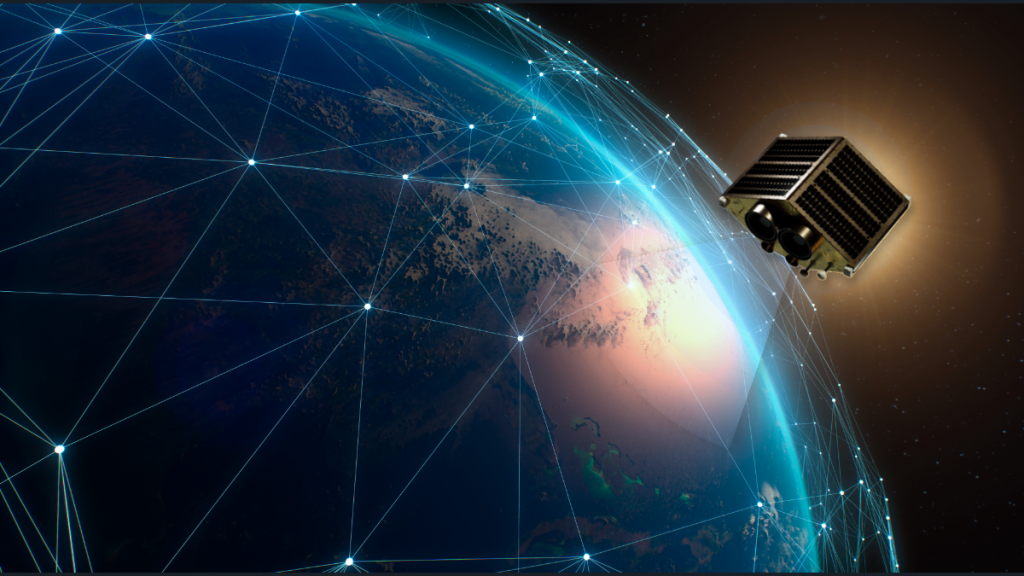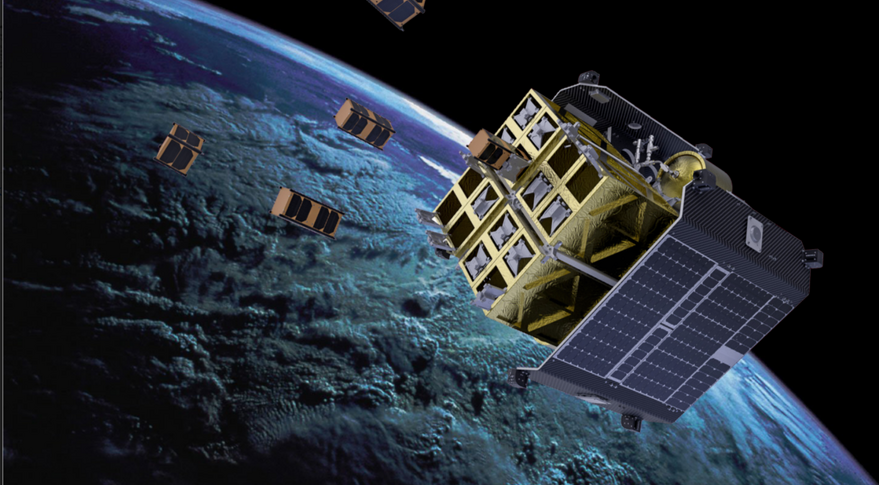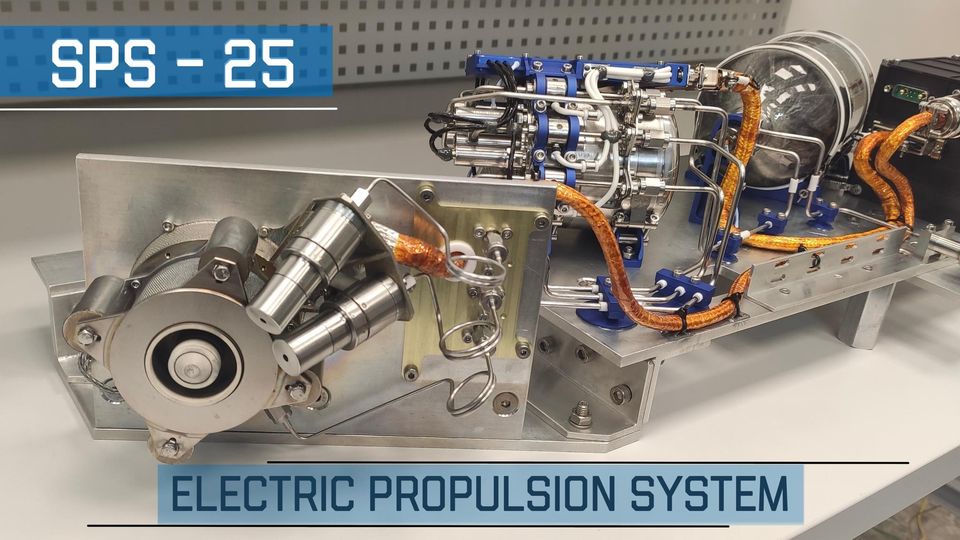In parallel with rocket development, Firefly launches lunar lander initiative
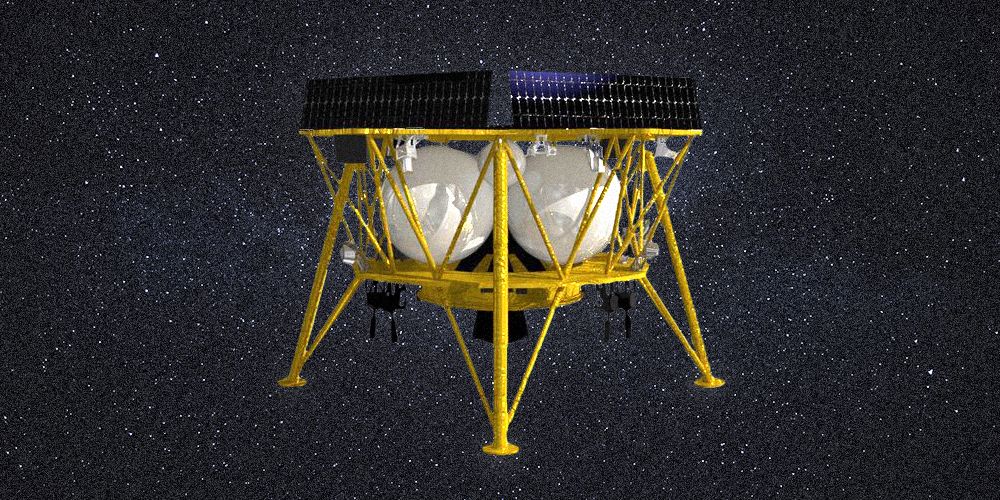
Apr 07, 2020
A souped-up version of the Israeli Beresheet moon lander built in Texas could be ready to carry NASA science and technology payloads to the lunar surface before the end of 2022, according to officials from Firefly Aerospace.
Firefly’s Genesis lander is one of several major projects being developed by the company headquartered just north of Austin, Texas.
The company is also developing the Alpha small satellite launcher, and a bigger rocket named Beta is on the drawing board, says Spaceflight Now in its article about Firefly’s ongoing activities.
Firefly Aerospace was previously named Firefly Space Systems before entering bankruptcy. The renamed company emerged from bankruptcy proceedings in 2017 under new ownership. Noosphere Venture Partners LP, a Menlo Park, California-based firm led by managing partner Max Polyakov, now funds Firefly’s rocket development program.
Officials hope to learn this month whether NASA will sign Firefly to deliver experiments to the moon.
NASA received proposals March 4 from the agency’s Commercial Lunar Payload Services providers for a task order, or contract, to deliver experiments to a pole of the moon in late 2022. Steve Clarke, deputy associate administrator for exploration in NASA’s science division, said Tuesday the agency is planning to award the contract in early April.
Firefly is one of 14 companies in NASA’s pool of robotic lunar transportation providers. The agency announced the 14 companies last year in an initiative to foster a market for private industry to develop vehicles to ferry payloads and cargo to the moon on precursor missions before a crewed lunar landing.
NASA’s Artemis program aims to return astronauts to the lunar surface before the end of 2024, a goal set by the Trump administration last year.
Firefly officials said in a recent interview that the Genesis lander can deliver up to 187 pounds (85 kilograms) of payload to the lunar surface, exceeding NASA’s requirements for the current solicitation, which is designated Task Order 19C.
That’s more payload capacity than the Israeli Beresheet lander, the design basis for Firefly’s Genesis spacecraft.
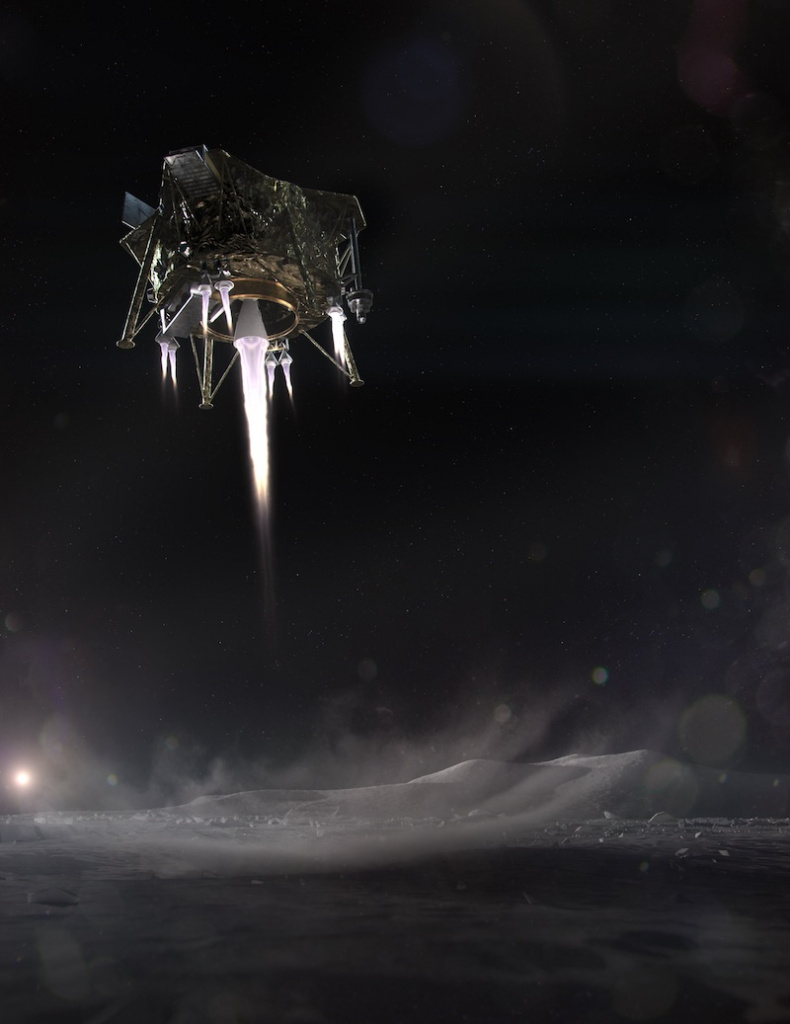
Firefly and Israel Aerospace Industries, or IAI, announced the partnership to build the Genesis lander last July. IAI was the prime contractor for the Beresheet lander, a privately-funded project managed by the non-profit SpaceIL that crashed just before landing on the moon in April 2019.
“We thought the best option was to leverage the only (private) organization that had any flight heritage in going to the moon, and that was IAI with the Beresheet mission,” said Shea Ferring, Firefly’s vice president of mission assurance.
Ferring said Firefly started discussions with IAI before the Beresheet mission’s landing attempt.
“They had successfully built the lander, launched it, and it completed the majority of its journey to the moon when we decided to team up with them,” Ferring said in a March 20 interview with Spaceflight Now.
The Beresheet lander became the first privately-funded mission to enter orbit around the moon. Israeli engineers said a software error led to the lander’s failure during final descent to the lunar surface.
NASA requires the majority of CLPS lunar landers to be manufactured in the United States.
The space agency announced last year that landers built by Astrobotic, Intuitive Machines and OrbitBeyond won the first round of CLPS task orders. OrbitBeyond later backed out of its agreement with NASA, but the company remains eligible for future CLPS awards.
Ferring said Firefly’s agreement with IAI was still in an early stage when NASA released a request for bids for the first CLPS missions last year. He said Firefly submitted a bid to “test the waters” with NASA, and the company received “valuable feedback.”
“Since then, we’ve had nearly eight months or more working with IAI and …. evolving the design significantly, so that we can support the next task order which has a much larger payload requirement,” Ferring said. “So we can leverage all the lessons learned and the key technologies from Beresheet and from IAI, but it’s really a U.S. solution, and it will be produced in the U.S.”
In Task Order 19C, Firefly’s Genesis lander is up against proposed lunar landers from space companies like SpaceX, Blue Origin, Sierra Nevada Corp., Lockheed Martin, and others.
“We feel highly confident in this task order that we just submitted a few weeks ago,” Ferring said.
The CLPS program is modeled after NASA’s initiative to procure cargo transportation for the International Space Station from commercial companies, a program that gave SpaceX its first major customer for the Dragon spacecraft and Falcon 9 rocket. NASA plans up to several CLPS task orders per year, giving Firefly and its competitors opportunities to net contracts for multiple landers.
“We’re ready to go, and that will help shape Firefly just like Dragon shaped SpaceX,” he said. “We’re hoping to leverage this award to do that.”
“The CLPS contract — our pursuit of that — reflects my interest to make the company diverse as a space infrastructure company,” said Tom Markusic, Firefly’s CEO and a former engineer at SpaceX. “This kind of goes back to my days at SpaceX, where I saw how important Dragon was to the development of SpaceX.”
Firefly has around 275 full-time employees, according to Markusic.
“The lion’s share of the money to be made in space would require you to be involved not only in launch, but in the spacecraft aspect as well,” Markusic said.
IAI will provide “specialty avionics” and “specialty engineering” support for the Genesis lander, and Aerojet Rocketdyne will supply the spacecraft’s bipropellant hypergolic propulsion system. Firefly will oversee manufacturing of the lander’s structures, assembly and integration, and mission operations, according to Ferring.
“In terms of dollars, we far exceed the U.S. content requirement, and in terms of total ownership, Firefly is leading the entire program and doing all the integration in the U.S,” he said.
Firefly plans to build the Genesis lander at one of the company’s facilities near Austin, Ferring said.
“IAI has been around over five decades, so they have a lot of experience,” he said. “Aerojet has a lot of experience we can leverage, and Firefly brings that aggressive passion — that ‘NewSpace’ element — to the mix to integrate everything and bring a mission together.”
The first Genesis lander mission would likely launch as a rideshare payload with a larger satellite into an elliptical geostationary transfer orbit, according to Ferring. The Beresheet lander launched in a similar manner on top of a SpaceX Falcon 9 rocket with an Indonesian communications satellite.
Future Genesis missions could launch on Firefly’s Beta rocket, which is in an early development phase. Firefly says it is evaluating Aerojet Rocketdyne’s kerosene-fueled AR1 engine for Beta’s first stage booster.
The AR1 engine and propulsion support on the Genesis lander are key parts of a partnership between Firefly and Aerojet Rocketdyne announced last year.
Before the Genesis and Beta vehicles reach the launch pad, Firefly is a few months away from the inaugural test flight of its Alpha small satellite launcher from Vandenberg Air Force Base, California.
Tom Markusic, Firefly’s CEO, said the first orbital launch of the Alpha rocket is planned this summer.
That schedule hinges on the completion of qualification testing at Firefly’s test site in Central Texas, outfitting of the launch pad at Vandenberg, and potential impacts from the COVID-19 coronavirus pandemic.
Markusic said manufacturing and testing are continuing at Firefly’s Texas facilities amid the pandemic.
“We’re doing our best to hold on to our aspiration, which is to get the launch vehicle to the launch site in June in an effort to do the first launch in the summer,” Markusic said. “We’re being as creative as we can to protect employees and get them in an environment to still be productive.”
Work to ready the launch pad at Vandenberg is also a concern.
“We’re building a flight launch vehicle, and it’s actually on the same schedule as the launch site, so we need to able to work on both to achieve our goal for launching this summer,” Markusic said. “So a shutdown would be very damaging to us. We’re trying to work with that.”
Firefly is in the midst of qualifying hardware for the Alpha rocket after an unexpected fire cut short a planned test-firing of a ground test unit of Alpha’s first stage in January.
Firefly officials said the fire was caused by an issue with software during the ground test.
Markusic said Firefly gathered about 75 percent of the expected data during the first stage test campaign. He said the plan moving forward “is not to rebuild that qualification stage, but move straight into flight stage development.”
Firefly will test all the first stage components individually, including the booster’s four kerosene-fueled Reaver engines and propellant tanks. But the company won’t do a full-stage qualification test on the Alpha booster.
“We did learn a lot from building that stage and integrating it on the test stand, and getting that test series started,” Ferring said. “We’re actually in the process of taking the qual tanks to the structural test stand and doing qualification of each tank and each engine. Both Lightning and Reaver are continuing their qual series.”
Firefly plans to install the second stage slated to fly on the inaugural Alpha launch on the test stand in Central Texas as soon as this month for checkouts before it is deemed ready for shipment to Vandenberg. The company previously said it completed qualification testing of the second stage.
Ferring described the first stage qualification testing as the final major milestone Firefly needs to accomplish on the launch vehicle side before the first Alpha test flight. In addition to construction on the launch pad at Vandenberg, Firefly must present the results of the testing to the U.S. Space Force’s 30th Space Wing, which manages the Western Range at the California launch base.
Firefly is modifying Space Launch Complex 2-West at Vandenberg to support Alpha launches. The SLC-2W launch site was previously used by United Launch Alliance’s Delta 2 rocket, which flew for the last time in 2018.
In addition to upgrading the Delta integration building and support facilities at the site, Firefly is installing a brand new launch mount and transporter-erector at the pad. The Delta 2 was stacked vertically on the launch pad, while the Alpha launcher will be assembled horizontally, then rolled out and lifted upright for launch.
The launch mount and transporter-erector are being fabricated at Firefly’s Texas facility before shipment to Vandenberg.
Firefly’s Alpha rocket will be capable of hauling up to 1,388 pounds (630 kilograms) of payload to a 310-mile-high (500-kilometer) sun-synchronous polar orbit. Firefly, based in Cedar Park, Texas, says it expects to sell a dedicated Alpha launch for $15 million per flight.
The Alpha rocket is one of numerous new commercial small satellite launch vehicles in development, but Firefly’s launcher is closer to its debut flight than most others in the market segment. And Firefly says the size of its rocket — which can carry heavier payloads than Rocket Lab’s Electron or Virgin Orbit’s LauncherOne — differentiates it from other prospective launch providers in the smallsat launch market.
The fully-assembled Alpha launch vehicle will stand around 95 feet (29 meters) tall and measure nearly 6 feet (1.8 meters) in diameter.
Tom Markusic, Firefly’s CEO, said the impacts of the coronavirus pandemic could be “gut-wrenching” for the small satellite and small launch industries.
“There’s so much uncertainty in the world,” he said. “There’s also going to be a lot of opportunities for people with cash to help companies that are struggling. That makes the competition more challenging. Fortunately, we have an anchor investor who’s committed to getting us to launch.”
Follow our Facebook page to know more about space investment
Read more from Noosphere Ventures:
- SETS’ SPS-25 Propulsion System Proves Successful in Space Testing Despite Challenging Circumstances in Ukraine
- EOS Data Analytics launched EOS SAT-1, the first satellite of its EOS SAT constellation
- EOSDA And Ursa Space Entered Into An Agreement
- D-Orbit charts ambitious course for space logistics business
- SETS delivered 2nd SPS-25 Hall thrusters system for commercial mission
- D-Orbit wins contract to work on Space Rider reusable space vehicle
- EOSDA Contracted An Agreement With GEOSAT
- Noosphere Ventures LP to sell a major stake in Firefly Aerospace to AE Industrial Partners
- EOS SAT First Satellite Provided By Dragonfly Aerospace
- Firefly Aerospace is one step closer to landing on the Moon

